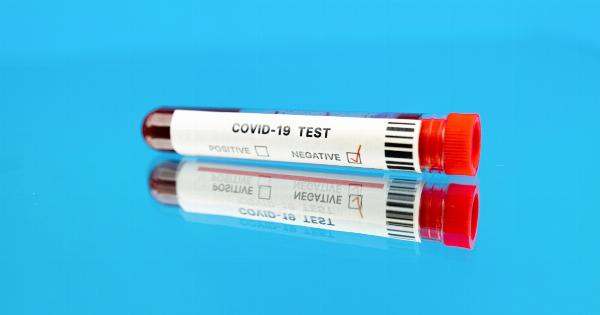IVF or In Vitro Fertilization is a complex process that involves several steps. It is a type of assisted reproductive technology that helps couples who have trouble conceiving naturally, to have a child.
In this article, we will provide a comprehensive guide to understand the process of IVF, step by step.
Step 1: Ovarian Stimulation
During the first step of IVF, the woman is given hormonal medication to stimulate her ovaries to produce multiple eggs instead of just one during her regular menstrual cycle. This is done to increase the chances of a successful fertilization.
Several medications can be used to stimulate the ovaries, including injectable gonadotropins and oral medications like clomiphene citrate.
Step 2: Monitoring Egg Development
During the ovarian stimulation process, the woman is closely monitored through blood tests and ultrasounds to check the egg development.
Regular monitoring ensures that the eggs are developing properly and that the woman is not at risk of any complications related to hyperstimulation. The timing of the egg retrieval procedure is based on the results of these tests.
Step 3: Egg Retrieval
Egg retrieval is the most crucial step in the IVF process. During this procedure, a doctor removes the matured eggs from the woman’s ovaries using a guided ultrasound. It is done under anesthesia to minimize the pain and discomfort.
The retrieved eggs are stored in a laboratory dish and kept in a controlled environment until fertilization occurs.
Step 4: Sperm Collection and Preparation
Once the eggs are retrieved, sperm is collected from the partner or donor. The sperm is then processed and prepared for the fertilization process.
In some cases, the sperm may be directly injected into the egg using a technique called ICSI (Intracytoplasmic Sperm Injection).
Step 5: Fertilization and Embryo Development
After the sperm is prepared, it is added to the eggs in a laboratory dish, and fertilization occurs. The fertilized eggs are monitored for up to five days to allow the embryos to develop.
After this, a few of the embryos are selected based on their quality and capacity to develop. These are then transferred to the woman’s uterus.
Step 6: Embryo Transfer
Embryo transfer is the process of transferring the selected embryos into the woman’s uterus. It is done using a thin catheter inserted through the vagina and cervix.
The number of embryos transferred depends on several factors, including the woman’s age, the quality of the embryos, and the couple’s preferences.
Step 7: Pregnancy Test
After the embryo transfer, the woman is typically advised to take a pregnancy test after two weeks. If the test is positive, it means that the embryo transfer was successful, and the woman is pregnant.
If not, the couple may choose to repeat the IVF process depending on their doctor’s advice.
Possible Risks and Complications of IVF
Although IVF is a safe procedure, it may still have some risks and complications. These include:.
- Ovarian hyperstimulation syndrome (OHSS)
- Bleeding and infection
- Multiple pregnancies
- Birth defects
- Miscarriage
If you experience any unusual symptoms after the IVF process, such as heavy bleeding or severe abdominal pain, immediately consult your doctor.
Conclusion
IVF is a complex and highly successful reproductive technology that has helped thousands of couples to have a child. Understanding the process of IVF is crucial for couples who are considering this procedure.
With this comprehensive guide, you can gain a better understanding of the entire IVF process, from ovarian stimulation to embryo transfer.






























